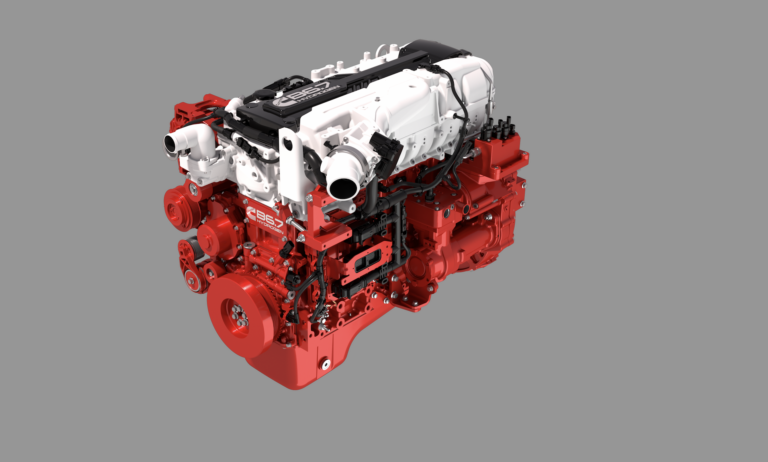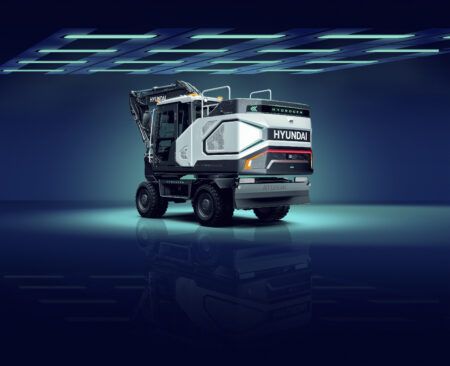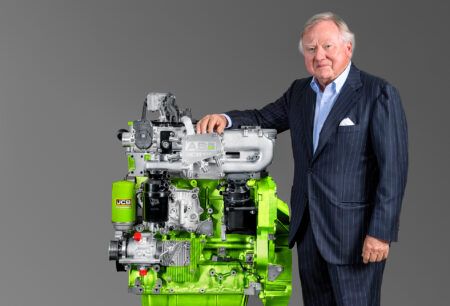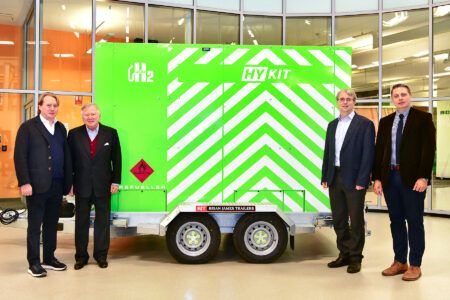Engine manufacturer Cummins, and Taylor Machine Works, a leading American manufacturer of heavy industrial lift equipment, have announced a signed letter of intent to integrate the Cummins 6.7-litre and 15-litre hydrogen engines into the Taylor product line.
This collaboration will help realise the decarbonization goals of industrial steel, wood products, concrete, oil and gas, and port operations markets.
For 96 years, Taylor has been committed to meeting the material handling needs of their global industrial customer base, while focusing on its own generational workforce and surrounding communities. Cummins engines power a large portion of more than 100 different models of Lift Trucks manufactured by Taylor for the heavy lift industry.
Taylor, along with its valued industrial partners, has undertaken the challenge of manufacturing lift equipment that will not only serve heavy material handling needs, but also bring positive change to neighbouring communities. “Beyond Clean Lifting,” our commitment to the sustainable future, highlights Taylor Machine Work’s efforts to develop low and zero-carbon solutions across the entire product line. This effort includes Battery Electric trucks, hydrogen fuel cell trucks, and now Hydrogen Internal Combustion Engines (H2ICE).
Antonio Leitao, Cummins vp off- highway engine business, said of the plans, “Cummins is pleased to be working with Taylor Machine Works on hydrogen solutions for their equipment. We see hydrogen internal combustion engines as a solution to help drive sustainability improvements in our industry. Hydrogen power will help both OEMs and end-users looking to making carbon emissions reductions on their paths to zero.”
Hydrogen combustion engines will create a zero-carbon fuelled solution that provides cost effective equipment for high load factor, high utilization applications. Key benefits of using this technology include enabling a more-timely solution to reduce carbon emissions without sacrificing productivity. Adding H2ICE to the mix of zero carbon solutions will also reduce the load required from already stressed utility grids. Finally, commonalities with traditional internal combustion equipment will provide solutions that are dependable, as well as easy to service and maintain.





